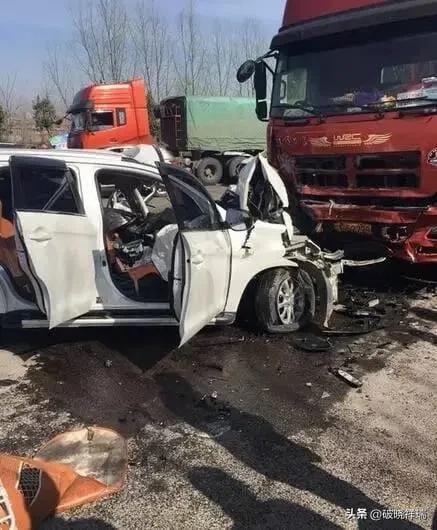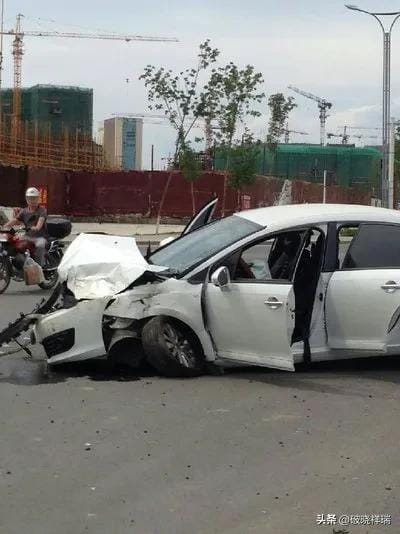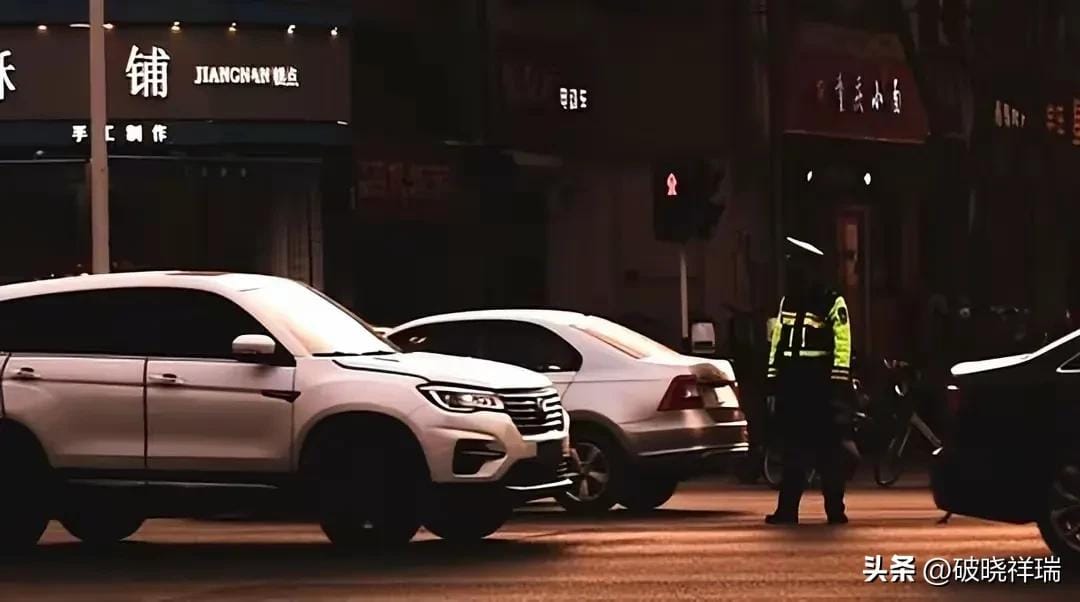License Yesterday, Car Today, Gone by Afternoon — A Harsh Road Safety Warning
A recent tragedy highlights critical flaws in driver training, car sales practices, and road safety management — a must-read warning for new drivers.

Imagine this: You just got your driver’s license yesterday with a heart full of joy 🚗💨. Today, you excitedly pick up your brand-new car, ready to explore the roads. But by the afternoon — tragedy strikes, and life as you know it changes forever. Sadly, such stories aren’t rare. They shed a glaring light on how our current driver training, car sales practices, and road safety regulations fail new drivers.

Teaching to the Test, Not to Reality
Let's start with driving schools. Many operate on a fast food style: quick, standardized, and often lacking depth. To speed up licenses, training—especially the critical road test portion—is limited to memorizing fixed routes. Learners become robotic, repeating maneuvers without understanding why.
Ever heard of quirky mnemonics like "see the sign, turn left"? It’s like a blindfold for the road. When unexpected situations arise — and they will — many new drivers freeze. In fact, studies show nearly 40% of new drivers fear driving at night alone in their first two months. These basic skills, like checking mirrors or lane changing smoothly, are often not ingrained enough to handle real-world chaos.
Car Dealerships: Sales First, Safety Last?
Walk into many dealerships, and you’ll feel like family 🌟 — warm greetings and an eager salesperson ready to hand you the keys. But the honeymoon ends right after signing the papers. Suddenly, the focus shifts from your driving comfort and safety to the next customer in line.
Shockingly, surveys reveal that 8 out of 10 dealers fail to properly inform new drivers about crucial insurance details or teach basic car operation features like cruise control. In many developed countries, dealers provide comprehensive safety manuals and introductory driving advice before handover. Here, new drivers are left to "figure it out" which too often leads to accidents sealed by ignorance.
A Weak Safety Net: What About Traffic Laws & Regulations?
The final piece of the puzzle is traffic management. According to public records, new drivers are 5 times more likely to be involved in accidents within their first three months. Even scarier — over 70% of these accidents happen when there's no passenger to help or guide.
Other countries impose strict rules like mandatory ‘learner’ decals and prohibiting night driving for new drivers. Here, enforcement is inconsistent, giving new drivers a false sense of confidence. The complex road environment — motorcycles weaving unpredictably, pedestrians darting across — demands an *alert* and well-prepared driver, not just a freshly minted license holder.

Learning From Tragedy: How Can We Improve?
This tragic event is a loud wake-up call for all stakeholders. Driving schools should move beyond rote learning and offer practical, scenario-based training to build real competence 🔧. Car dealerships ought to spend extra minutes ensuring new owners understand their vehicles clearly, from emergency braking to dashboard warnings.
Traffic authorities must strengthen new driver supervision by enforcing visible learner signs and restricting high-risk driving times. More importantly, using real accident case studies in training can make dangers tangible instead of abstract.
New Drivers, Take Note: Protect Your Future 🚦
For those who just earned their license and got a car, a few honest tips: never treat the learner icon like a stigma — it’s a shield that tells others to give you space. Keep your rearview clear, don’t cram your windows with clutter. When alone in the car, trust GPS and don’t improvise routes in unfamiliar places. These small steps might prevent a heartbreak.
Final Thoughts
Getting your license and a car is a milestone worth celebrating. But that joy must never eclipse safety. Only a combined effort from teachers, sellers, regulators and drivers themselves can turn this hazardous start into a safe journey ahead. Let's take this harsh warning seriously — because every life on the road matters.
Drive smart, stay alert, and protect yourself and those around you. Your safety depends on it.




